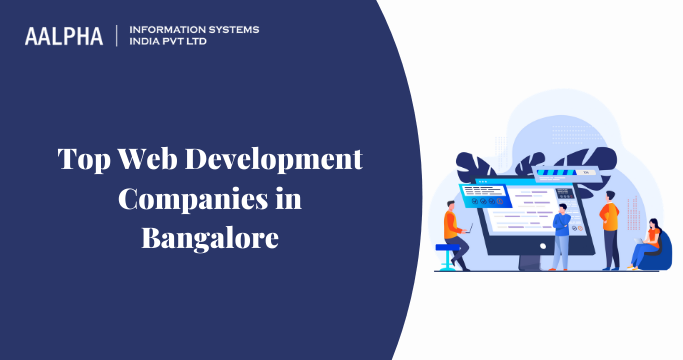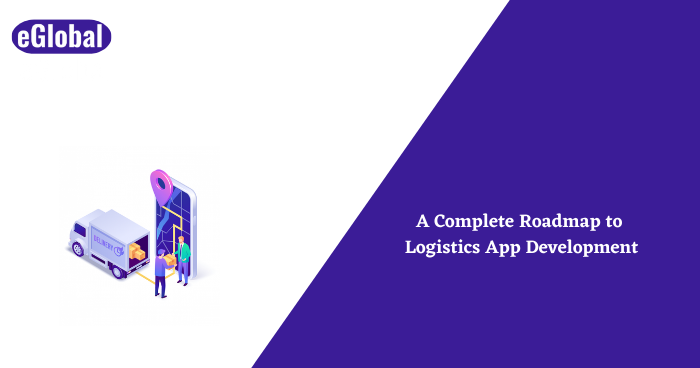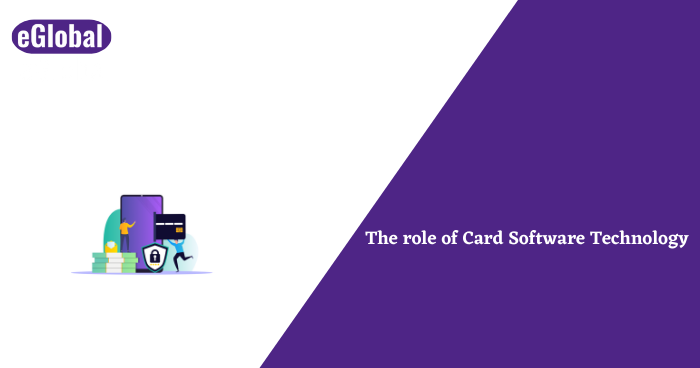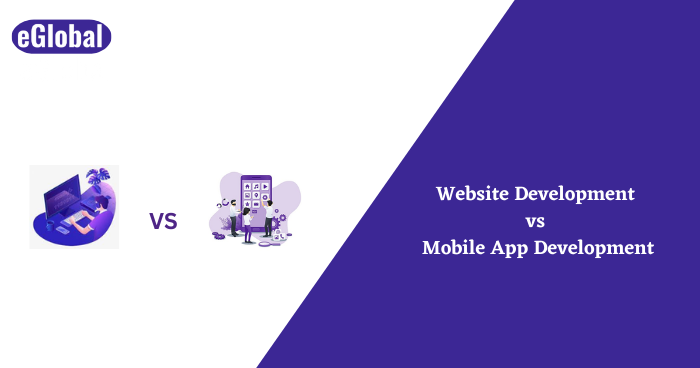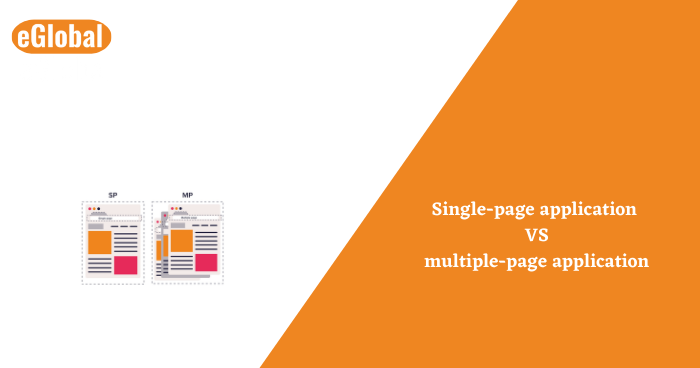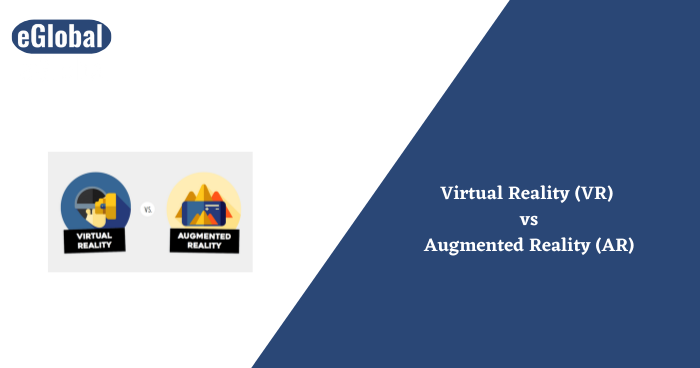Looking for the best web development companies in Bangalore? here are the top 10 web development companies in Bangalore.
Do you want to grow your business with digital marketing properties or want to take your business online? A web development company is necessary for all these. so we have compiled a list of top companies that will surely help you with great results and a higher level of customer satisfaction.
eGlobal
eGlobalindia is one of the leading and most trusted web development companies in Bangalore. The company was started in 2008. Since then, the organization is providing quality web development services. Team eGlobal is consists of more than 50 highly skilled web development experts. Moreover, the company has more than 2000 satisfied customers. eGlobal strives to deliver a perennial source of business success and competitive advantage to their customers.
Metromindz
Metromindz is a leading web development company The company’s expertise lies in its results. The company has been serving globally with its great creativity and innovation for more than 2 years. They are on the mission to serve high value to their clients by getting them more customers and high revenue. The company’s vision statement is to bring your dream brand into reality. you will get every type of service here from software development, stunning designing, branding marketing, video, and animation to business strategy. The company prioritizes customer satisfaction over everything.
Website: https://www.metromindz.com/
WebzPlot
WebzPlot has been the industry leader for digital marketing and website designing for many businesses for many years now and has been providing the best result invaluable time. The mission of WebzPlot is to make their customers grow and reach a high level of success. WebzPlot offers many amazing services such as website designing, digital marketing, eCommerce website, content management system, branding, and social media marketing. As expert professionals with decades of experience, the company gives great value to its customers.
Website: https://webzplot.com/
Nextwebi
Nextwebi is a well-known company for its high and its services the company is on the mission to help businesses with a solution that offers them great success. The company offers all kinds of digital services such as website design, website application development, branding and strategy, digital marketing, API integrations, and search engine optimization.
Website: https://www.nextwebi.com/
Webomindapps
Webomindapps offers a solution for every web query. The organization aims at providing perfect solutions to businesses that help them reach success. Webomindapps has mastered all web services such as web designing services, web development services, web application development, WordPress website development, mobile application development, eCommerce development, SEO services, digital marketing, and AMP development. The success and growth of customers are the organization’s top priority.
Website: https://www.webomindapps.com/
Zinavo
Zinavo is a leading web designing company in Bangalore. The organization aims to deliver guaranteed solutions that drive results. The zinavo has been in the market for more than 10 years, with such expertise, the team can identify web-related problems. The company offers excellence in every service such as web solution, eCommerce, CMS, digital marketing, ERP solution, mobile apps, and search engine optimization. Zinavo is your online partner for every service.
Website: https://www.zinavo.com/
Vistas
Vistas Ad Media Communication Pvt limited understand every type of problem and address every issue with the perfect solution. Having transformed many law businesses into profitable ventures, they know what is required to reach the way to your goal. The company’s main focus is to provide a powerful web presence and brand building for businesses. The offers creative communication, interactive web solution, and powerful digital marketing services. As expert professionals with more than 20 years of experience, they have assisted thousands of businesses in achieving success to their desired growth.
Website: https://vistasadindia.com/
WebShark
WebShark is one of the leading and trusted web designing companies in Bangalore. The organization is designed with expert and skilled professionals. The company is on a mission to create a powerful digital world. With 5 years of experience, webShark has mastered the digital word. WebShark has the ability and capability to solve all your web-related issues. The company always considers customer satisfaction as its policy. WebShark serves globally with great professionalism.
Website: https://www.webshark.in/
Seekneo
Seekneo is the best web design company in Bangalore that helps businesses power their online presence. The company’s mission is to provide great value to its customers with excellent services. Seekneo’s strength lies in their innovation, creativity, and ultra friendly support team. The company serves professionalism in every service such as software development, web development, online marketing, mobile application, eCommerce, and other services. The customers are highly satisfied with the exclusive services at genuine rates.
Website: https://www.seekneo.com/
Fltech
Fltech is a top web design and development company in Bangalore. The company’s objective is to make an impact on the digital world. The team is highly supportive, creative, and innovative. Fltech offers a solution to your every need whether it is a web design, web development, android development, eCommerce, digital marketing, or API integration. With years of experience and expertise, fletch guarantees 100% customer satisfaction. Fltech really makes a difference with its brilliant team and positive results.
Website: http://www.seoagencyinbangalore.com/
Tihalt
Tihalt is a professional web design and development company in Bangalore. The winning solutions and expertise help many businesses in getting their desired success. The organization has an outstanding service team that is a solution to your every need. Tihalt is here to help right from web design & development, mobile app development, SEO digital marketing services, and E-commerce site development. The company is on the mission to provide quality and assurance to its customers with precision, pace, and path. Tihalt is a great choice to make your business perform better. The organization believes that the customer is the only one for which they are working. So they care for their customers like kings.
Website: http://tihalt.com
The companies mentioned above are the top companies that provide winning solutions and great value to its customers.
If you are looking to hire developers/ web development company then feel free to contact us today!
Also, check: web development companies

